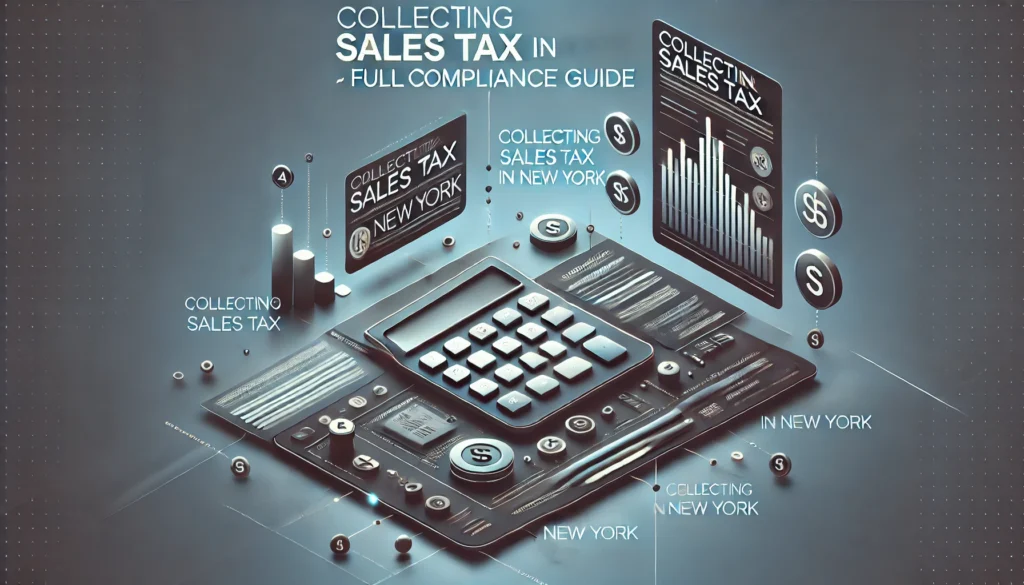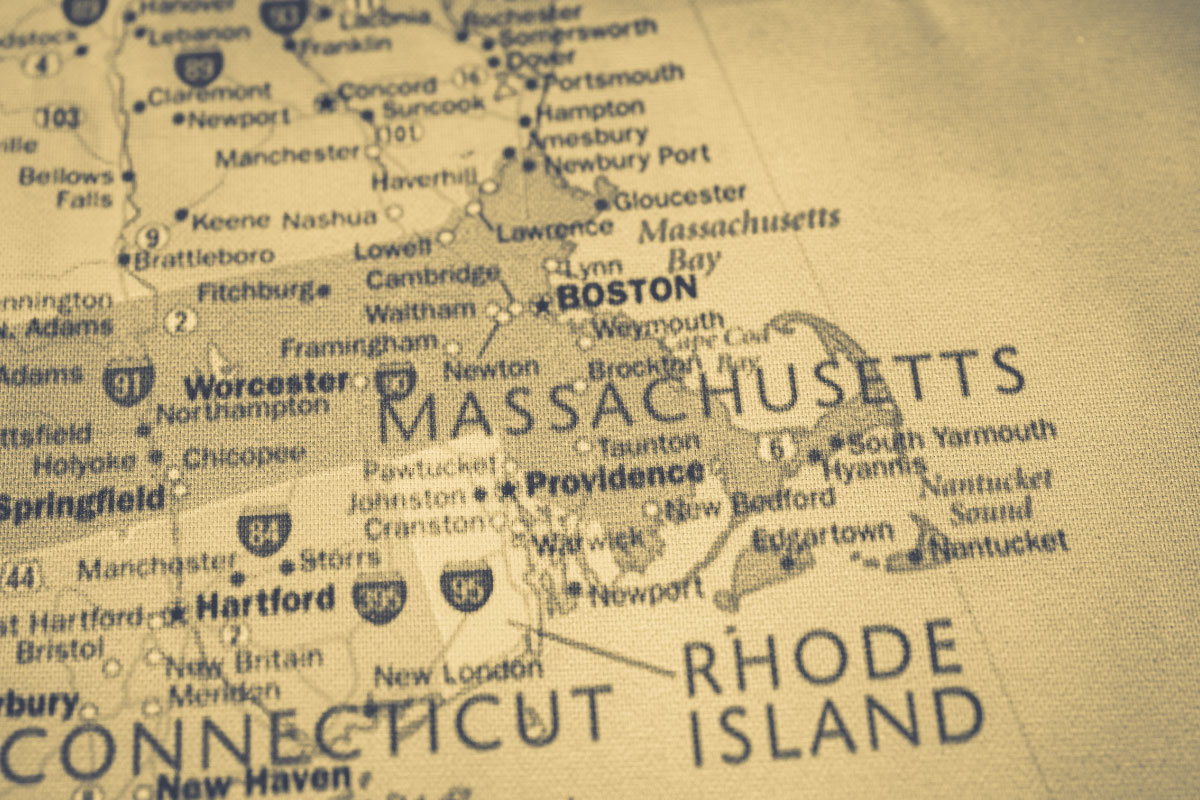
Are you looking to collect sales tax in New York and ensure you’re doing it correctly? Understanding and complying with New York’s sales tax regulations is crucial. New York has a base state sales tax rate, but local jurisdictions can add extra taxes, resulting in varying total rates.
This article will guide you through the essential steps and information needed to collect and remit sales tax in New York, helping you avoid penalties and ensure smooth business operations.
What is a Sales Tax in New York?
When you sell goods or services in New York, you need to know that the base state sales tax rate is 4%. But it doesn’t stop there. Local municipalities can add their own sales taxes, which means the total rate can vary. For instance, some areas might have a total sales tax rate of nearly 9%.
Destination-Based Sales Tax System
New York uses a destination-based sales tax system. This means you apply the sales tax rate of the location where the product is delivered or the service is provided. For example, if you ship an item to New York City, you’ll need to charge the combined state and local tax rate for that area.
To calculate the correct tax rate and staying updated on these rates is important because they can change. Incorrect collection can lead to penalties, so keeping accurate records of sales and taxes collected is essential for reporting and remitting sales tax.
Do You Have Nexus in New York?
Nexus is a legal term that refers to the requirement for a business to collect sales tax in a state due to a sufficient connection or presence. In New York, determining if you have nexus is crucial for compliance with sales tax regulations.
Is Your Business Physically Present in New York?
If you want to collect sales tax in New York, you need to determine whether you have a physical nexus. This means having a tangible presence in the state, such as an office, employees, or inventory. If you conduct significant activities or hold property in New York, you are required to collect and remit sales tax.
Does Your Business Meet New York’s Economic Nexus?
Even without a physical presence, you may need to collect sales tax due to economic nexus. In New York, if your business exceeds $500,000 in sales and has over 100 transactions annually, you must register for a sales tax permit and start collecting sales tax. In this regard, ecommerce sales tax software can prove helpful for you and give accurate and quick results.
What Steps Should You Take Once Nexus is Established?
Once you’ve established nexus, you must register for a sales tax permit. You need to collect the correct amount of sales tax based on the delivery location, keep detailed records, and remit the collected taxes regularly. Tools like the sales tax nexus monitor can help you track your obligations and ensure compliance.
How Can You Collect Sales Tax in New York?
Now that you understand the basics, let’s dive into how to accurately apply sales tax rates in New York and ensure accurate collection of tax:
How to Collect Sales Tax if You Are Based in New York?
As New York follows destination-based sales tax system, so if you are based in New York, you need to charge the sales tax rate applicable to the delivery location of your goods or services.
Example: If you sell a product for $100 to a customer in Buffalo, where the combined state and local tax rate is 8.75%, you would calculate the tax as follows:
- Product price: $100
- Sales tax rate: 8.75%
- Sales tax amount: $100 x 0.0875 = $8.75
- Total amount collected: $100 + $8.75 = $108.75
How to Collect Sales Tax if You Are Not Based in New York?
If you’re selling from outside New York and don’t have a physical presence in New York, you must collect and remit sales tax if you meet any of the previously mentioned economic nexus thresholds.
Here’s how to do it:
Example: If you sell a product for $150 to a customer in New York City, where the combined state and local tax rate is 8.875%, you would calculate the tax as follows:
- Product price: $150
- Sales tax rate: 8.875%
- Sales tax amount: $150 x 0.08875 = $13.31
- Total amount collected: $150 + $13.31 = $163.31
Sales Tax on Shipping Charges in New York
In New York, shipping charges are generally taxable if the sale itself is taxable. This means if you’re selling goods that are subject to sales tax, the shipping fee is also subject to the same tax. For instance, if you sell a taxable item for $100 and charge $10 for shipping, both amounts are subject to sales tax.
However, if the goods are non-taxable, like certain medical equipment, the shipping charges are not taxed.
Conditions for Shipping Tax Exemptions
To qualify for a shipping tax exemption, the shipping charges must be separately stated on the invoice and must be directly related to the delivery of the goods to the customer. If these conditions are met, the shipping charges can be exempt from sales tax.
Example:
- Taxable Shipping: If you sell a taxable product for $100 and charge $10 for shipping, and the tax rate is 8.875%, the total tax is calculated on $110.
- Total tax: $110 x 0.08875 = $9.76
- Total amount collected: $110 + $9.76 = $119.76
- Non-Taxable Shipping: If the product is non-taxable, like certain medical equipment, the shipping charge is also non-taxable.
With these guidelines and using tools like ecommerce sales tax software, you can ensure compliance and simplify the process of collecting sales tax in New York.
The Bottom Line!
Collecting sales tax in New York can be complex, but following the right steps will ensure compliance and smooth business operations. Make sure you understand whether you have a nexus in the state, either physical or economic. Register for a sales tax permit if needed, and always apply the correct destination-based sales tax rates.
If you stay informed and use the the right resources, you can efficiently collect sales tax in New York and skip any challenges and potential penalties.


